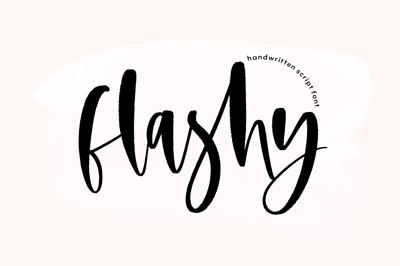Font Pairing Guide: Best Combinations and Tips for Stunning Typography
Font Pairing Guide: Best Combinations and Tips for Stunning Typography
Typography is not just about choosing beautiful fonts—it’s about creating harmony, readability, and impact through well-thought-out font pairings. Whether you're designing a website, a brand identity, or a digital product, your choice of fonts can make or break the user experience. In this guide, we'll explore the art of font pairing, share some of the best combinations for different design needs, and give you actionable tips to elevate your projects with confidence.
Why Font Pairing Matters
Good font pairing helps establish a visual hierarchy, guides the reader’s eye, and reinforces your message. When done right, it adds character and professionalism. But mismatched fonts can look amateurish and distract from the content.
The general rule? Contrast is key—but not too much. You want fonts that complement, not compete with, each other.
Rules of Thumb for Effective Font Pairing
Here are some tried-and-true principles to keep in mind:
-
Pair Serif with Sans-Serif: One of the most timeless combos. A classic serif font like Georgia with a clean sans-serif like Helvetica Neue creates a beautiful contrast in tone and structure.
-
Stick to Two (Maybe Three) Fonts: Too many typefaces clutter the design. Limit your palette for consistency and brand cohesion.
-
Use Font Superfamilies: These are typefaces designed to work together (e.g., Roboto and Roboto Slab).
-
Mind the Mood: Fonts carry personality. Match your font mood with your project’s tone—playful, corporate, elegant, etc.
Popular Font Pairing Examples (Free & Licensed)
Let’s take a look at some stunning font combinations that work across digital and print formats.
1. Playfair Display & Source Sans Pro
-
Use Case: Blogs, fashion, editorial websites
-
Why it Works: Playfair’s modern serif flair headlines well, while Source Sans Pro ensures legibility for longer paragraphs.
-
Free via Google Fonts
2. Montserrat & Merriweather
-
Use Case: Creative portfolios, agencies, tech startups
-
Why it Works: Montserrat brings a geometric, modern touch for headings, while Merriweather adds a grounded serif style for body text.
-
Free via Google Fonts
3. Futura PT & Caslon
-
Use Case: Branding, luxury packaging, high-end editorial
-
Why it Works: The clean lines of Futura contrast beautifully with Caslon’s elegant serif form, evoking both modernity and tradition.
-
Caslon is licensed; Futura PT available via Adobe Fonts
4. Lora & Open Sans
-
Use Case: Lifestyle blogs, storytelling sites
-
Why it Works: Lora adds warmth and a humanistic feel to titles; Open Sans balances it with neutral, readable body text.
-
Free via Google Fonts
5. Bodoni & Avenir
-
Use Case: Fashion brands, high-contrast design
-
Why it Works: Bodoni’s dramatic thick-thin stroke pattern contrasts stylishly with Avenir’s balanced geometric structure.
-
Both available via Adobe Fonts
Tips for Mixing Fonts Like a Pro
-
Adjust Letter Spacing and Line Height: Even perfect font pairs can fall flat without proper spacing. Pay attention to kerning and line spacing.
-
Create a Hierarchy: Use size, weight, and style differences to direct attention to what’s most important.
-
Test in Real Context: Pair fonts in the actual layout to evaluate how they perform together with your color scheme and imagery.
-
Don’t Forget Mobile: What looks stunning on desktop can feel cramped on smaller screens. Always test responsiveness.
Tools to Help You Find Great Font Pairings
Here are some platforms that can help you experiment with combinations before committing:
-
Google Fonts Pairing Tool – Great for free font combinations.
-
Fontjoy – Uses AI to generate visually appealing pairings.
-
Typewolf – A curated site with real-world font pairing inspiration.
-
Adobe Fonts – For licensed and high-end typefaces with strong pairing suggestions.
Final Thoughts
Mastering font combinations is part science, part art. As with most design decisions, context is everything. The fonts you choose should not only look good together, but also serve your content’s purpose and connect with your audience.
Whether you're working with free resources like Google Fonts or diving into premium typefaces from Adobe, the key lies in creating contrast without conflict. Don’t be afraid to experiment, and most importantly—trust your designer instincts.
Typography is your silent ambassador. Let it speak volumes.

